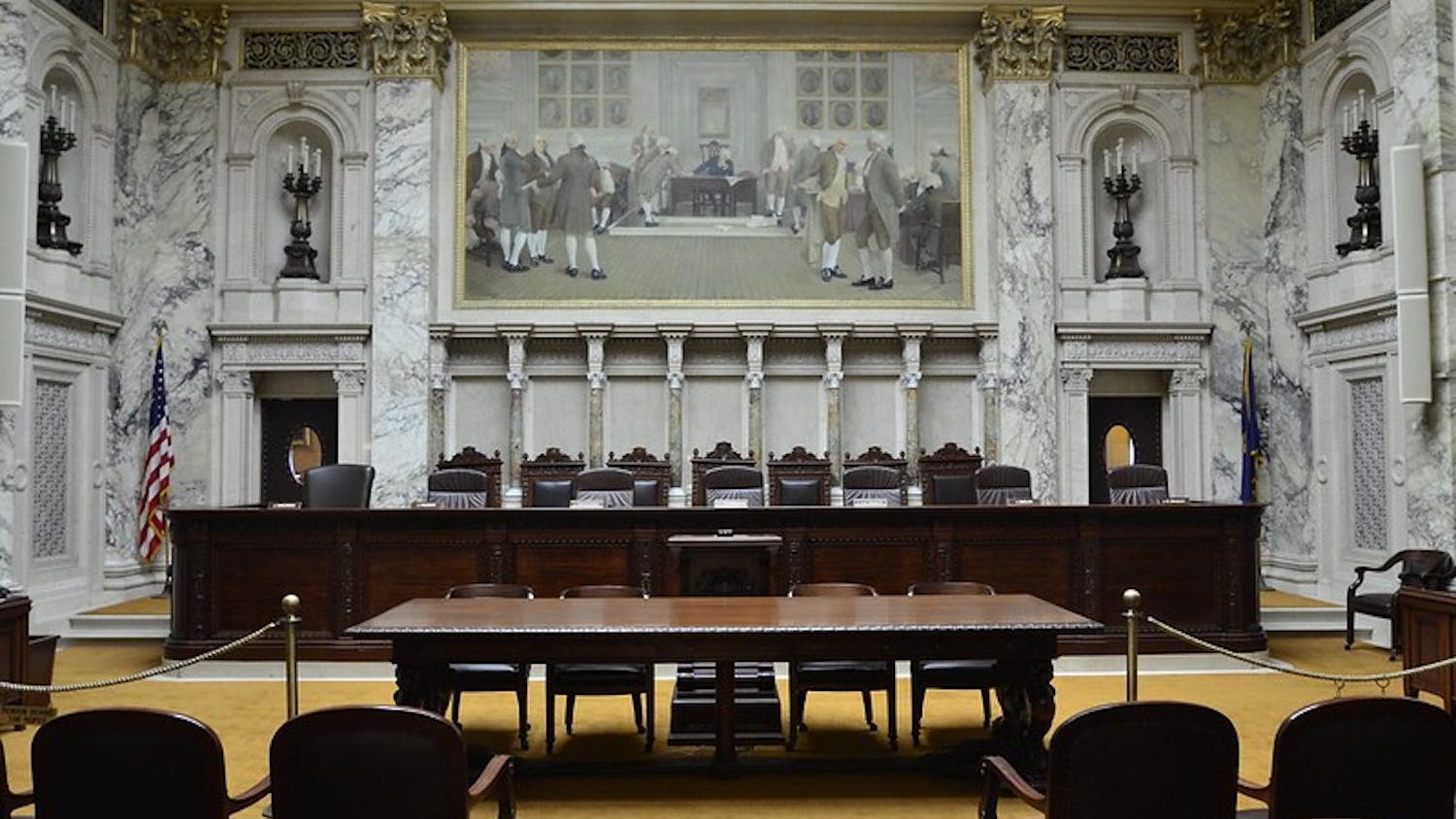Citizen protest and an attempted intervention by Sen. Russ Feingold, D-Wis., have not changed the state Department of Natural Resources' approval for the controversial burning at the Badger Army Ammunition Plant. Located in Sauk County, the buildings slated for such destruction are heavily contaminated by explosive residue from decades of munitions manufacture at the now-defunct facility.
Citizens for Safe Water Around Badger have put up a strong fight against the plan, forcing numerous changes to the disposal plans throughout their evolution. They have fought to force measures to monitor the emissions of toxins and pollutants released in the air by the burn. They remain concerned about the potential for pollution of soil, water and air around the facility.
Questions as to the affect on area residents' health remain, especially given that the plan did not take into account the potential for increased risk factors among children, who are more susceptible to chemical residue.
Sen. Feingold lent his support recently, inquiring about a technique called hot gas decontamination as an alternative method of disposal to the open burn. Currently being put into use by the U.S. Army to decontaminate equipment similar to that at Badger, the high-heat technique showed a 99.9999 percent removal of explosives and other residue when demonstrated, with no emissions. It was pioneered due to the uncontrolled emissions associated with the open burning technique. Unfortunately, the sheer size of the buildings at Badger seems to preclude the technique's use. Hot gas decontamination has, thus far, only been practiced on a much smaller scale.
Of paramount concern is the presence of nitroglycerin and nitrocellulose, though other chemical residuals remain after 55 years of munitions manufacture. Embedded within nooks and crannies, they create an explosion risk even three decades after the end of production. The DNR generally bans open burns, but this is a textbook exception to the code, which allows open burns in situations involving explosives and similar dangerous products that cannot otherwise be safely disposed of.
Plexus Scientific Corporation is contracted by the Army to aid in the deconstruction and clean-up effort. After evaluation of the 1,400 buildings on the property, nearly 200 appear to need decontamination.
Estimates indicate that 40-90 buildings will require open burns to be considered safe. Some equipment located in \clean"" structures will be moved to these open-burn buildings, reducing the number to be disposed of in this way. Many others will be salvaged by the U.S. Forest Products Laboratory and used for other projects, funded by $650,000 from the Department of the Interior.
The first five planned burns will happen over the course of one year, probably starting in December, though no dates have been set. Equipment, as well as contaminants such as asbestos and mercury, are to be removed prior to burning. This leaves mostly wood. The DNR touts the small amount of wood to be burned in comparison to the amount burned annually, but it is wood long contaminated by munitions production and painted in the days before the dangers of lead to human health were recognized. Despite best efforts, there will be uncontrolled emissions of chemicals, even if only at low levels. If some of the equipment can be dismantled and moved, it seems possible that it would be small enough to undergo hot gas decontamination.
Though Plexus and the DNR declare that projected emissions are much lower than Environmental Protection Agency standards, any reduction of emissions, wherever possible, is the best course. It is what Citizens for Safe Water Around Badger is fighting for. When the work at Badger is complete, over 7,000 acres of land will have been returned to the people of Wisconsin. It seems only practical to make sure it is as clean as technology will allow. Close monitoring and pressure to enforce the strictest safety and environmental standards must continue until the project is completed.
opinion@dailycardinal.com.





